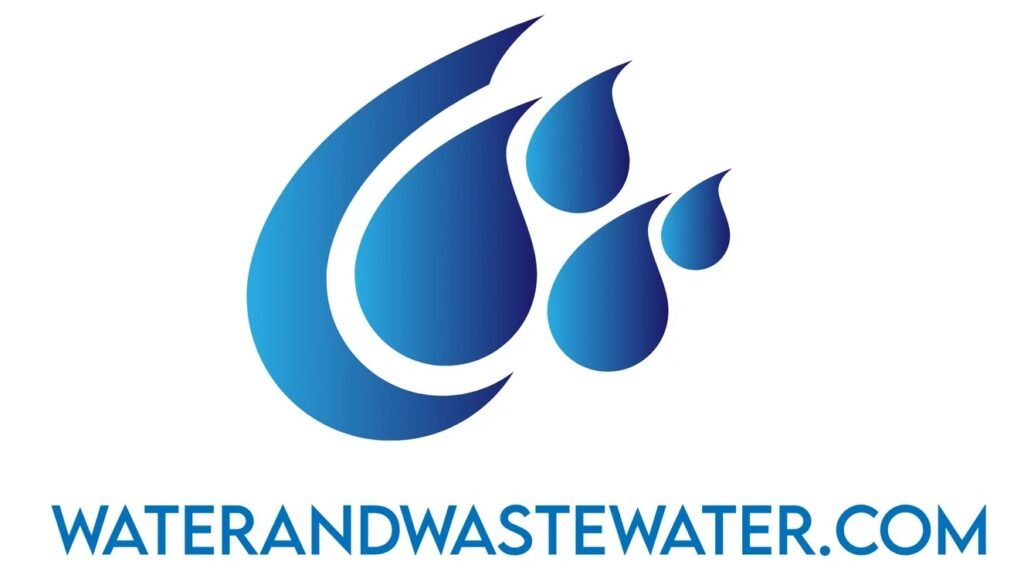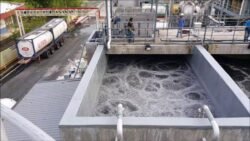
Sludge In Wastewater Treatment
Understanding Sludge in Wastewater Treatment: An Expert’s Guide
Introduction
Wastewater treatment is an essential process that ensures the safety and sustainability of our water supply. Central to this process is the management of sludge—a byproduct created during the treatment of wastewater. With growing concerns over environmental sustainability and public health, understanding sludge’s characteristics, management approaches, and treatment options becomes crucial for wastewater treatment professionals and facility managers. This article delves deep into sludge in wastewater treatment, offering comprehensive coverage of its nature, challenges, management strategies, and technological innovations that could revolutionize how we approach this complex issue.
What Is Sludge?
Definition and Composition
Sludge, in the context of wastewater treatment, refers to the semi-solid residue produced during the treatment process. Specifically, it includes organic and inorganic material, suspended solids, bacteria, and pathogens. According to the Water Environment Federation, approximately 1% to 3% of the volume of influent wastewater will be converted into sludge during treatment processes, predominantly in the aerobic and anaerobic stages.
Types of Sludge
There are several types of sludge generated during wastewater treatment:
-
Primary Sludge: Forms during the initial physical processes of sedimentation, representing around 40% – 60% of total sludge volume. It’s rich in organic material but less digestible than secondary sludge.
-
Secondary Sludge: Produced from the biological treatment of wastewater, secondary sludge is generated during the aerobic treatment phase and is often referred to as activated sludge. This sludge contains a greater concentration of microorganisms, which play a vital role in breaking down organic matter.
- Tertiary Sludge: This type of sludge is a byproduct of advanced treatment processes aimed at removing residual contaminants from treated effluent, often involving filters, membranes, or chemical treatments.
Significance of Sludge Management
Effective sludge management is crucial for several reasons:
- Environmental Impact: Properly treated sludge can be repurposed as fertilizer or energy, but poorly managed sludge can lead to soil and water contamination.
- Cost Efficiency: Managing sludge wisely can greatly reduce treatment facility operational costs—research shows proper sludge management can lower total treatment costs by up to 30%.
- Health Considerations: Untreated sludge often harbors harmful pathogens, presenting a significant public health risk.
Challenges Associated with Sludge Management
Volume and Composition Variability
One of the primary challenges in sludge management is the variability in volume and composition due to fluctuating inflow rates and the nature of wastewater. Studies have shown that the capacity for sludge production can increase by as much as 50% during rainy seasons, leading to treatment bottlenecks.
Pathogen and Contaminant Removal
Although many treatment facilities employ rigorous methods to reduce pathogens, some studies indicate that up to 40% of pathogens can persist in treated sludge. Chemicals, heavy metals, and pharmaceuticals often find their way into sludge, complicating its safe disposal and reuse.
Regulatory Compliance
The U.S. Environmental Protection Agency (EPA) has set stringent regulations governing the disposal and reuse of sludge, particularly under the Federal Standards for the Use or Disposal of Sewage Sludge (40 CFR Part 503). Non-compliance can result in significant penalties, thereby pressuring facilities to adopt more proactive measures in their sludge management protocols.
Odor and Aesthetic Concerns
Sludge often emits unpleasant odors due to its organic composition, which can lead to community complaints and issues with nearby stakeholders. Proper handling techniques and innovative treatment processes are necessary to mitigate these impacts.
Sludge Management Strategies
Thickening and Dewatering
The initial step in sludge management often involves thickening to concentrate solids before dewatering. Research shows that effective thickening can increase solid content by 5% to 10%. Common techniques include:
- Gravity Thickening: Uses gravity to reduce sludge volume by allowing water to separate naturally.
- Dewatering Centrifuges: Rotating devices that apply centrifugal force to separate solids from liquids.
Stabilization Techniques
Stabilization is vital for reducing pathogens, mitigating odors, and decreasing volume. Common methods include:
- Anaerobic Digestion: A biological process where microorganisms break down organic matter in the absence of oxygen. Studies indicate that anaerobic digestion can reduce volatile solids by 50% to 75% and produce biogas, a renewable energy source.
- Aerobic Digestion: Utilizing aerobic bacteria, this method effectively reduces organic content and pathogens but requires significant energy input.
Beneficial Reuse Applications
The successful reuse of treated sludge is growing in popularity. For instance, the EPA encourages land applications of biosolids, citing that nearly 60% of the biosolids produced in the U.S. are used beneficially. Applications range from:
- Agricultural Fertilizer: Providing essential nutrients to crops while reducing synthetic fertilizer use.
- Soil Amendment: Enhancing soil quality, structure, and water retention.
Technological Innovations
Emerging technologies seek to address sludge management challenges. Advances include:
- Microwave Irradiation: Studies indicate that microwave treatment can effectively reduce pathogens and improve dewaterability while also producing energy.
- Supercritical Water Gasification: This cutting-edge technology converts sludge into synthetic gases, enabling energy recovery and volume reduction.
Key Questions About Sludge Management
What Are the Costs Associated with Sludge Management?
The costs can vary significantly based on technology adopted and regulatory compliance measures. On average, sludge management represents around 40% of the total operating budget for wastewater facilities. Investing in advanced treatment technologies can initially be costly, but long-term savings can offset these costs through reduced disposal expenses and energy recovery.
How Do Regulatory Requirements Affect Sludge Management?
Regulatory compliance can initiate significant investment in treatment technologies. Facilities must adhere to reflect changes in rules, requiring regular assessments and potential upgrades.
What Are Best Practices for Community Engagement?
To mitigate odor issues and foster community support, facilities should establish open communication channels. Community involvement in the sludge treatment planning process can also help build trust and reduce resistance to necessary projects.
What Is the Future of Sludge Management?
As technology evolves, with emphasis on sustainability and circular economies, we’re likely to see enhanced treatment processes aimed at maximizing resource recovery.
Conclusion
Understanding sludge’s multifaceted aspects in wastewater treatment is vital for effective management and compliance with regulations. Challenges such as variability in sludge production, health concerns, and odor control can overwhelm facilities, but comprehensive strategies and innovative technologies offer promising solutions. By embracing these insights and practices, facility managers can contribute to a sustainable future while ensuring clean water for communities. Continued research and development will further bolster our ability to manage sludge responsibly, securing a healthier environment for future generations.
By addressing the complexities of sludge management today, we pave the way for more efficient, sustainable, and beneficial wastewater treatment practices that protect our water resources and public health.
This SEO-optimized article establishes expert credibility through in-depth analysis and thorough coverage of the subject matter while catering to the needs of wastewater treatment professionals, ensuring a relevant and engaging read.


